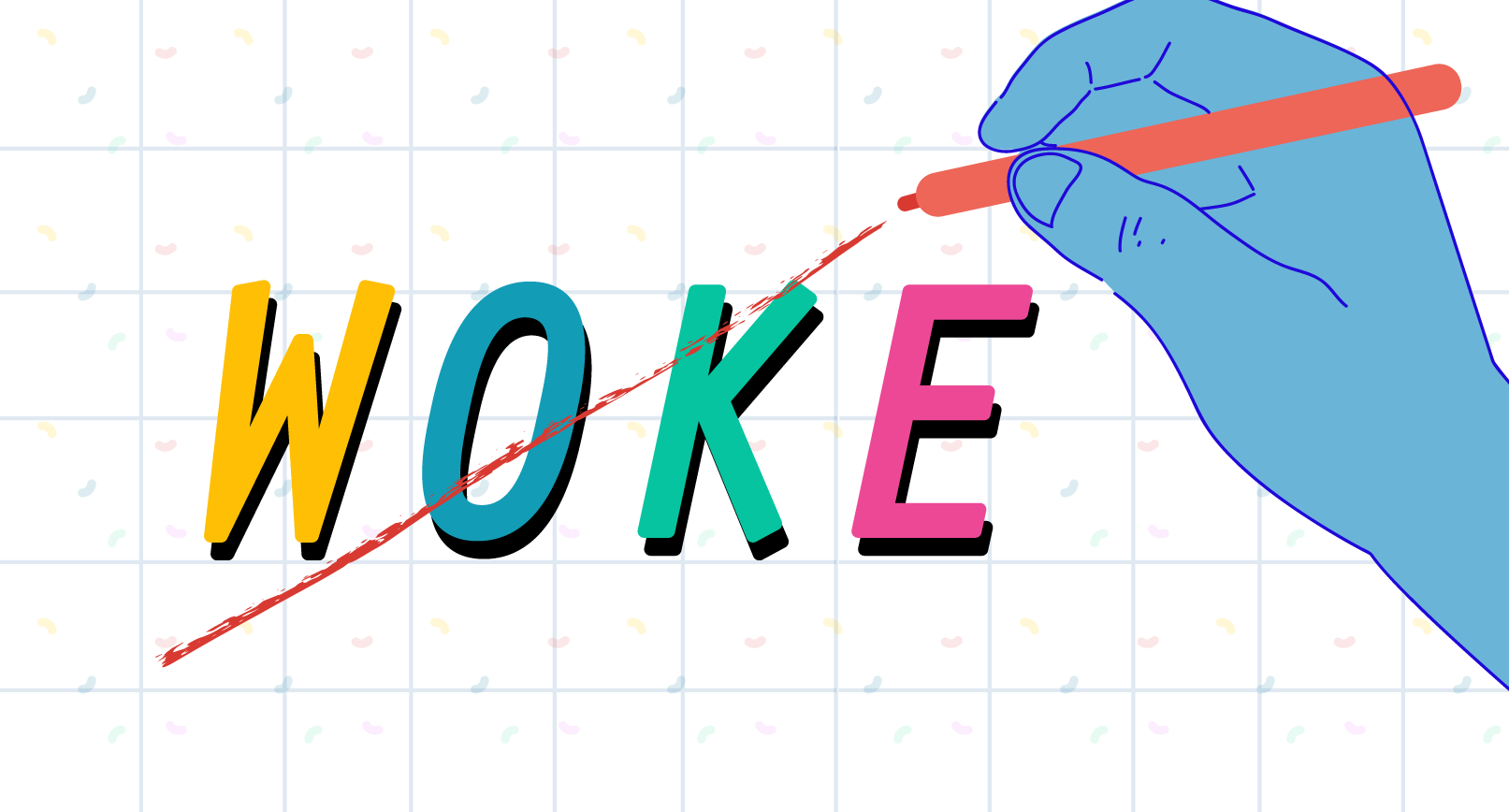“Woke” : a word I use too often and have recently discovered I know very little about.
I was hoping to write an article about my perspective of the word woke. I wanted to debunk the concept that woke is a destination, and that once we show an ounce of political or social awareness of the world around us we are woke — and that’s it, we’re done. It turns out that it’s even more than that. After a bit of research, it seems that maybe I shouldn’t be using the word woke quite so freely, as a white person.
According to Emily Brewster, the associate editor of Merriam-Webster Dictionary, woke means “aware of and actively attentive to important facts and issues, especially issues of racial and social justice.”
So, why not use woke?
This word came from the 1920s in Harlem. Elijah Watson, news editor of an American Black culture website called Okayplayer on the Podcast In Black America, explains that many black creatives became awoken to the world around them or woke, because they all lived very close together and they were able to critique and understand different ideas of blackness.
“Whether they did create conflict or not, they all allowed different types of black people to articulate their blackness in different ways,” said Watson. He explained that today, we use this word and often don’t really know where it came from.
Some people think it was brought to public consciousness by American singer-songwriter Erykah Badu in 2008 with her song “Master Teacher,” as the chorus includes a line “I stay woke.” This is not true; Watson explained it was actually more likely coined by a man named William Melvin Kelley.
Kelley wrote an article in the New York Times in 1962 titled, “If You’re Woke You Dig It.” This piece touched on cultural appropriation of black slang and how it is such a fundamental part of American culture.
This word was meant for Black Americans to learn about how the country functions. Watson said if you were woke, you understood how black culture is constantly being stolen. Watson also stated that the internet has changed the power of the word.
It became this ironic thing, if you show the most miniscule amount of awareness you are considered woke,” he said. “For one that just dilutes it and makes it a universal thing, instead of this thing which had its roots in blackness.”
Since Kelley and Badu, the word woke, quite like many other colloquialisms that were born from black culture have become popular; and because of this, they’ve lost their purpose. This plays into the issue of commodification of Black culture, something that is so present in Western culture.
Not only is woke a commonly misused word, we are missing the mark with the most modern definition. Sam Sanders from NPR explains his frustration with the word as well.
“We’ve made woke a rigid state of being, instead of a process of continual growth,” said Sanders.
The word woke is heard everywhere, but this doesn’t mean we can use it the way we think we should. Language is powerful and it’s important to understand where words comes from and why we use them.
I know now that I’ll never be woke, but I hope I won’t stop growing.
Graphic @sundaeghost
